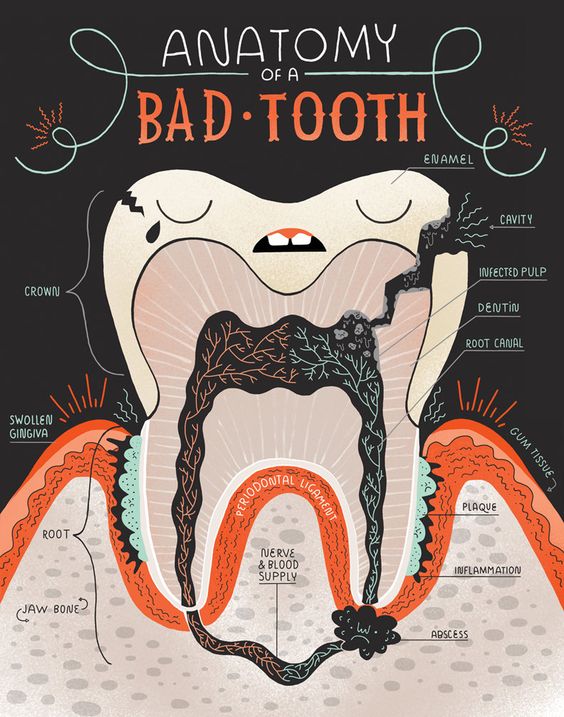Gumboil is the colloquial term for dental abscess, although it is not quite the same. The abscess is produced when infected material, pus, is collected inside the tooth due to bacterial infections. As this material has no room, it pushes and leaves the tooth. The gumboil is the inflammatory reaction of the surrounding tissues, though most of us think a gumboil is the swelling.
What causes gumboil
The origin of a gumboil may be due to necrosis or death of the tissue inside the roots of the tooth, caused by a deep tooth decay affecting nerves and vessels, or by a trauma that opens cracks in the enamel and leaves bacteria to come inside until it reaches first the dentin and later the nerve. Another cause may be an infectious disease originated in the tissue surrounding the tooth, like gum disease or pyorrhea.


Symptoms of gumboil
These are the most common symptoms, although they may not appear all together.
- Pain, usually intense and also sharp and throbbing in many occasions. It’s common it is more painful when we lay down. It usually starts suddenly and goes increasing. In certain cases, this pain may reach the ear, the tongue, the mandible and the neck.
- Touching the area may be painful.
- Sensitivity increases when having cold or hot foodstuff.
- Bad taste and breath in the mouth.


- Temperature and general malaise.
- Trismus. It’s difficult the patient opens the mouth.
- Trouble when swallowing.
- Insomnia.
- Inflammation in face or cheeks and lymph nodes of the mandible or the neck.
When should we visit the dentist?
In case we have a gumboil, the best thing to do is visiting our dentist as soon as possible. If we have fever and the face is swollen, then we should go to the emergency room because the infection has spread and it may be dangerous.
It is not a trifle. You can read this article by The New York Times, “Oral Infections Causing More Hospitalizations”.
What kind of treatments should we undergo?
We need to stamp out the infection, so we can apply several methods:
The dentist makes a small incision in the abscess to drain it, what allows the pus to come out.
In case the tooth is not severely damaged, a root canal treatment may be performed. This procedure may help stamping out the infection and saving the tooth. In order to do so, the dentist perfores the tooth, removes the died tissue and drains the abscess. The dentist must refill and seal the pulp of the teeth and the radicular conduits.
In case the affected tooth is severely damaged, it will be necessary to extract it and drain the abscess to stamp out the infection.
If the infections just affects the abscess area, antibiotics may not be necessary. However, if the infection has extended to adjacent teeth, the mandible or other areas, the dentist will probably prescribe antibiotics to avoid broader infections.
While we wait for the dentist to attend us, we can apply ice on the cheeks to reduce the inflammation and rinse with water and salt or water and bicarbonate of soda.
Tip
Sharp pain in the mouth usually pushes us to visit the dentist, sometimes wishing the tooth to be extracted even with dental pliers.
However, this situation mustn’t be taken to the extreme. Check-ups are much better since they will save ourselves of much bother.
Although a gumboil is not developed, we may have some infection that produces much other problems. Infections in gum and teeth may get in the blood easily, effecting other organs.


If you have further questions, make an appointment at Artedental, diagnosis and budget are free of charge.


Do not forget to brush your teeth properly.

